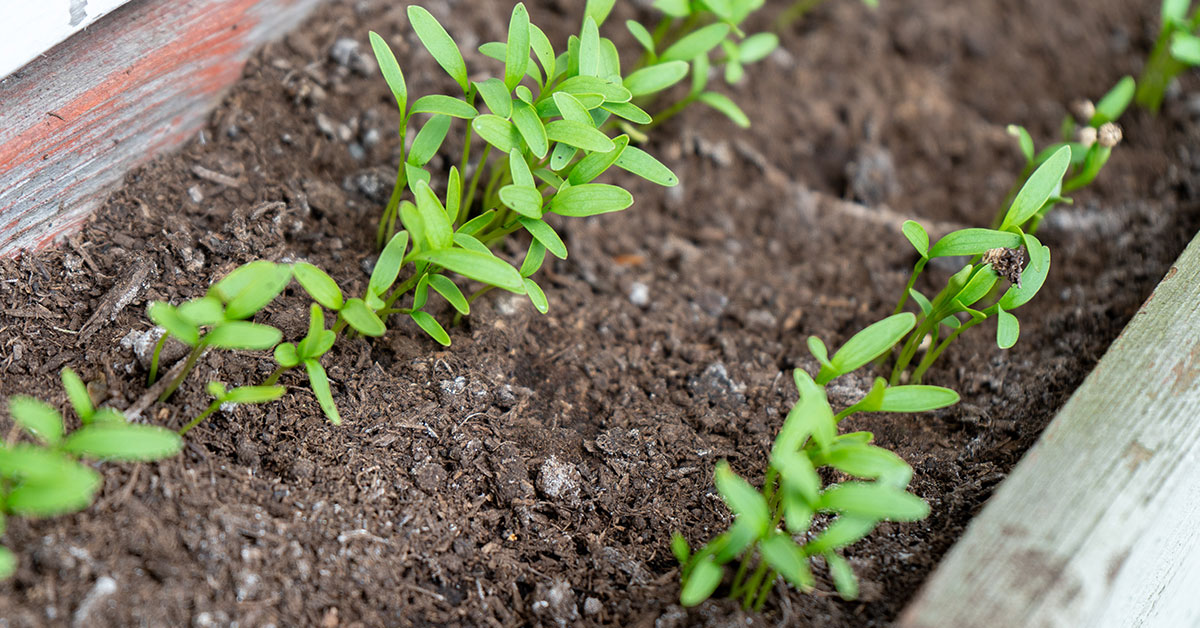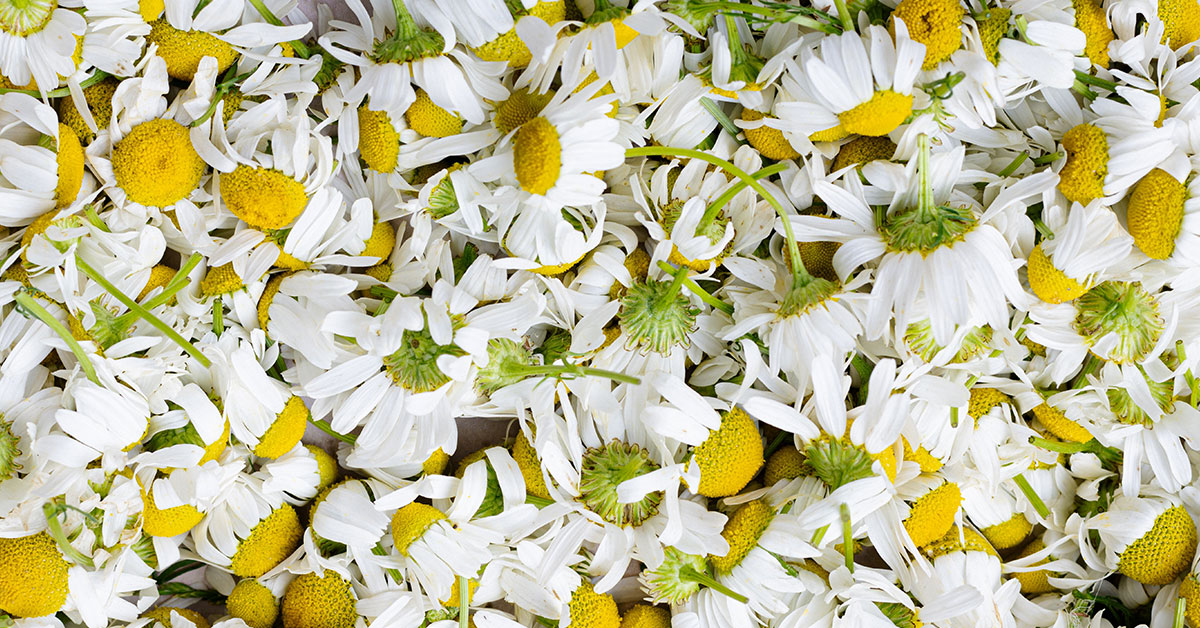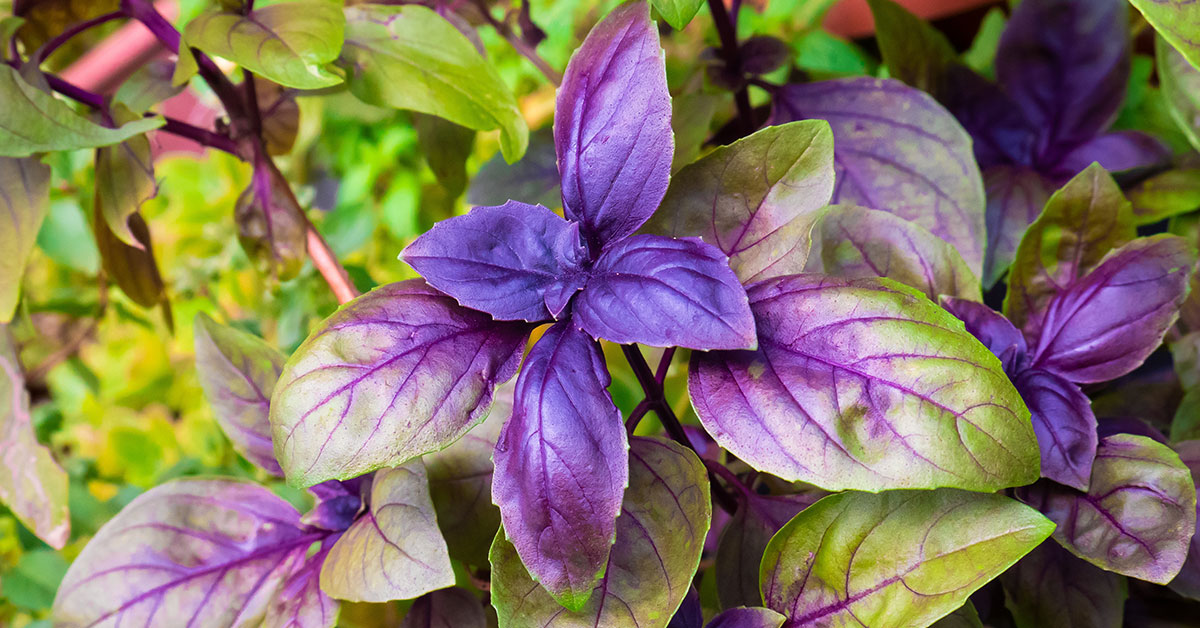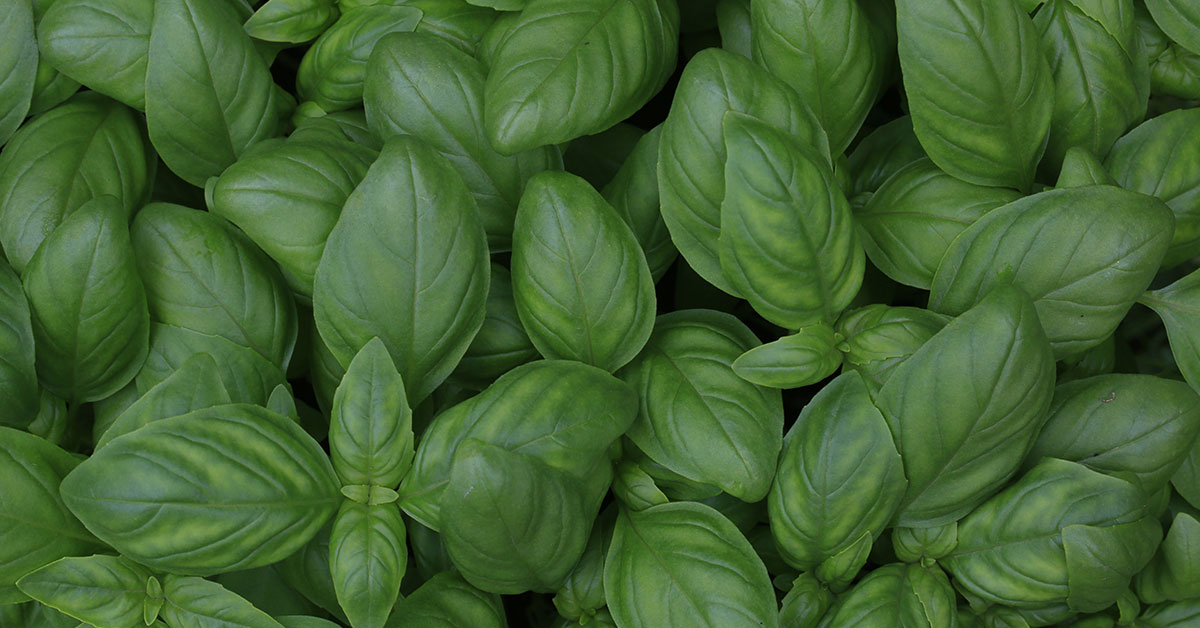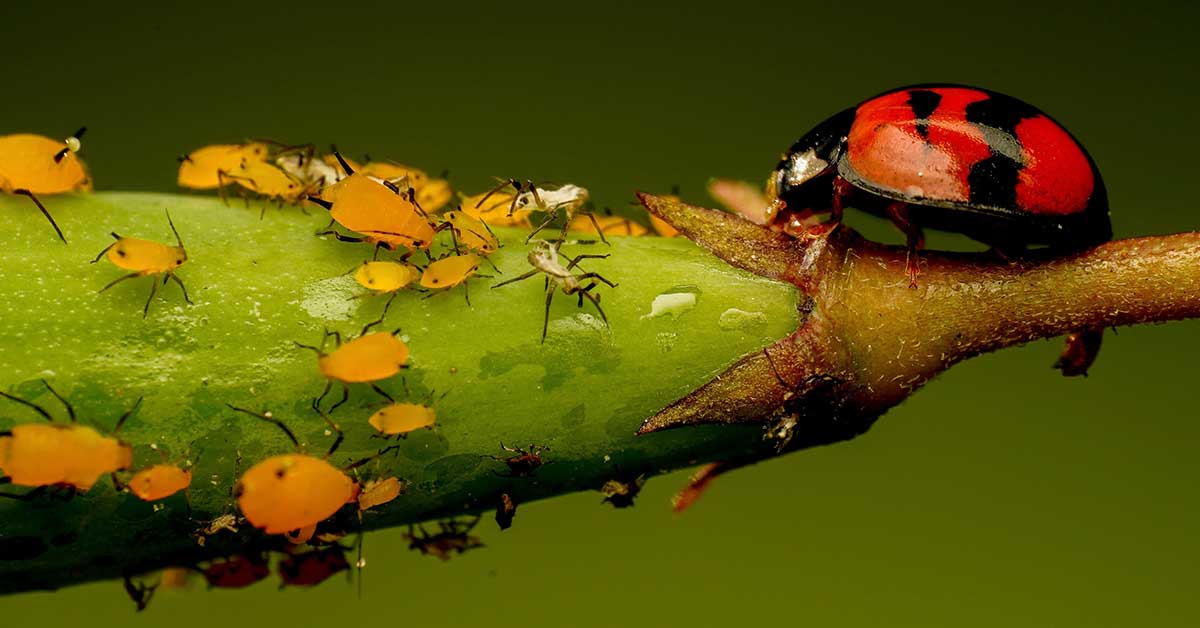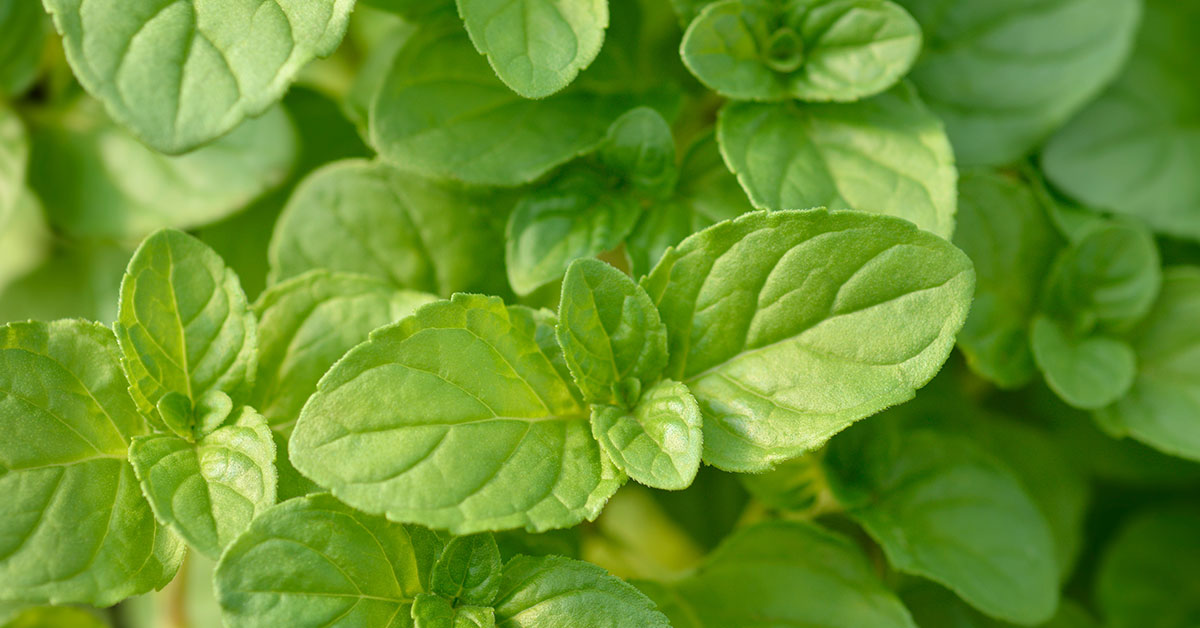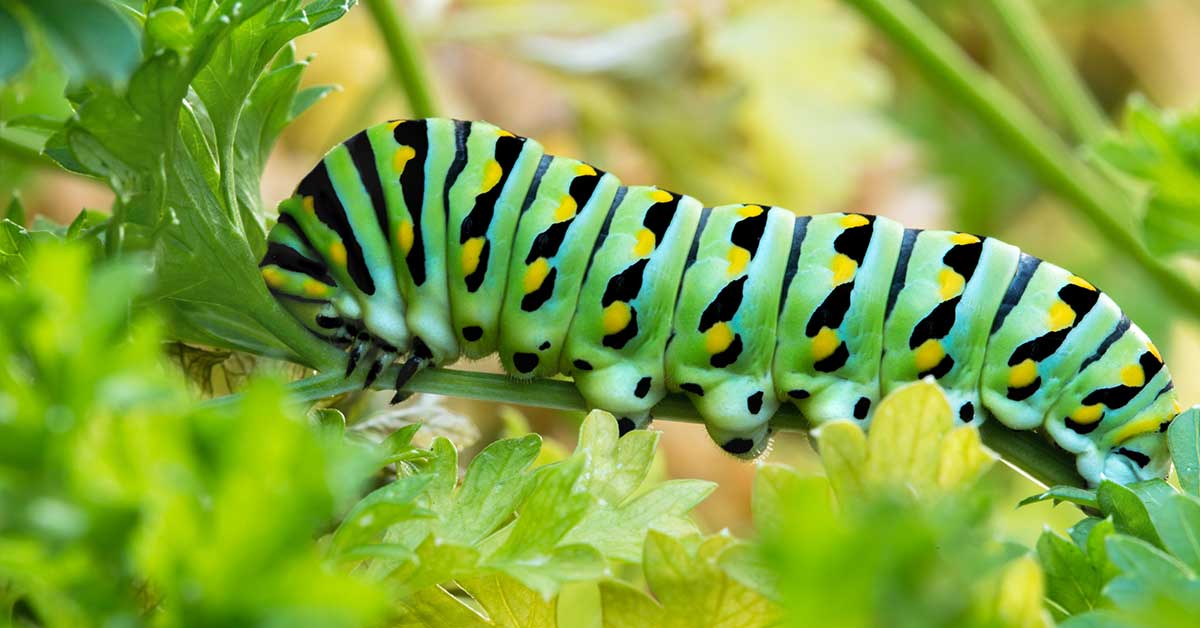Growing cilantro from seed is an easy and rewarding gardening experience. Cilantro is a great addition to any garden, providing a burst of flavor to a variety of dishes. Whether you’re a beginner gardener or a seasoned green thumb, growing cilantro from seed is a simple and satisfying way to add flavor and nutrition to your meals. With the right soil, light, and water, you can have a thriving cilantro crop in no time. We’ll discuss the steps to growing cilantro from seed, as well as tips and tricks to ensure success.
When To Start Cilantro Seeds Indoors
Cilantro is an easy herb to grow indoors and can be grown from seed. Starting cilantro seeds indoors is best done in late winter or early spring. Plant the seeds about 1/4 inch deep in a potting soil mix and keep them moist and warm.
The seeds will germinate in 5-10 days, at which point they should be placed in a sunny spot and watered regularly. Once the seedlings reach 3-4 inches tall, they can be transplanted outdoors or kept indoors in a container. With proper care, cilantro should be ready to harvest within 2-3 months.
The best soil for growing cilantro indoors is light and well-draining. It should also be slightly acidic with a pH of 6.0-6.5. A good soil mix for cilantro consists of one part compost, one part peat moss, one part perlite, and one part sand.
To ensure good drainage, the soil should be mixed in a potting container that has holes in the bottom. Additionally, cilantro seeds should be planted shallowly and kept moist, but not wet. With the right soil mix and proper care, cilantro can be grown indoors with ease.
When To Transplant Cilantro Seedlings Outdoors
Cilantro seedlings should be transplanted outdoors once the danger of frost has passed, usually after the last frost of spring. The temperature of the soil should be between 50-80°F for successful germination, and the seedlings should be hardened off for a few days before transplanting.
When transplanting, make sure to space the plants at least eight inches apart and to water them thoroughly. Make sure to place the plants in an area of full sun or partial shade, and provide them with an even moisture level. Cilantro is a fast-growing plant and will provide a bounty of fresh herbs in no time.
Caring for freshly transplanted cilantro seedlings outdoors requires good soil preparation and a sunny location. Begin by amending the soil with compost and a light application of fertilizer to ensure the cilantro has adequate nutrition.
Plant the seedlings in a spot that receives at least six hours of direct sunlight and make sure the soil is well-draining. Water the seedlings generously, but not to the point of saturation. Cilantro should be watered on a regular basis, usually every few days or when the top of the soil feels dry.
Regularly remove weeds that may compete with the cilantro for nutrients and water. Finally, mulch around the plants to help retain soil moisture and discourage weed growth.
Additional Resource: 8 Best Companion Plants For Cilantro
Monitor For Pests And Diseases
Cilantro seedlings are susceptible to a variety of pests and diseases when planted outdoors. Aphids, mites, and caterpillars are some of the most common pests that can feed on the leaves of cilantro seedlings and stunt their growth.
Additionally, fungal diseases such as downy mildew and powdery mildew can quickly spread throughout a cilantro patch and cause significant damage. To prevent these issues, it is important to keep cilantro seedlings well-watered and in a sunny area with good air circulation. Additionally, regularly inspecting the seedlings for signs of pests or disease can help to catch any issues early and prevent them from spreading further.
To ensure healthy growth and productivity, cilantro seedlings should be pruned shortly after transplanting. To prune freshly transplanted cilantro seedlings outdoors, start by removing any yellowed or wilted leaves. Then, use sharp pruning shears to cut back the main stem to about one-third of its original length.
This will encourage new growth and help the plant to become bushier. Removing any extra shoots or branches will also help to promote air circulation and discourage disease. Finally, water the soil thoroughly after pruning to help the plant establish its roots. With a little care and maintenance, your cilantro seedlings will be producing beautiful, fragrant foliage in no time.
